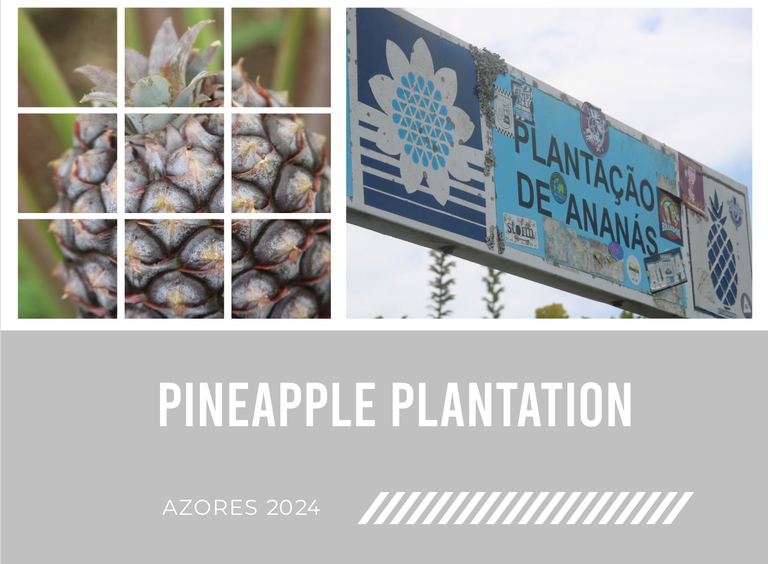
Welcome back friends 😀
Today I want to share with you a little bit of my vacation
A destination that I have wanted to go to for a long time because I had already visited Madeira, and around here it is often said that anyone who visits Madeira is amazed by the beauty of the Azores.
(I'll start by saying that it's actually not a lie!)
The “Arruda” pineapple plantation in the Azores is known for its tropical flavor in addition to its sweetness, this place is no different, the plantation stands out for its quality and flavor, thus becoming the main objective of this plantation that makes the unique plantation and ends up being the true treasure of the place, best of all is that visiting this place is free and of great importance in its region.
In this blog we will explore a little about pineapple cultivation in Arruda as well as some knowledge acquired there.
The best thing about traveling is undoubtedly the acquisition of varied knowledge on different subjects.
At the entrance there is a small room where we can observe a little about the history of the pineapple and its arrival in Potugal, native to South America and introduced to the island in the XIX century, with its exotic flavor it easily gained popularity among Europeans, the colors still prevail in their plantations due to the suitable climate for this fruit.
In this room we can still see some pieces alluding to pineapple, as well as some older objects
Its cultivation in the Azores is known for its smooth and sweet flavor combined with the mild and fertile climate that contributes to the pineapple's juicy flavor.
According to the plantation itself, with more than 100 years of history, it is a true living museum because next to the plantation we can observe all stages of its growth. (At the end, stop by the convenience store and try the “free” pineapple liqueur. It is made with love and by hand, a recipe passed down from generation to generation according to our collaborator.)
A few meters from the door we can see large glass greenhouses and an irrigation “dam”.
Small overlapping square windows and wooden structure together with rectangular metal and painted white, within 2 spaces separated by a corridor that improves circulation inside, as well as any necessary action within it.
Central doors, built specifically for circulation
The planting process is known as "hot beds" and is essential for better growth, basically the process consists of mixing soil with organic compounds (plant parts, vegetable organics, etc.)
The decomposition of these elements combined with an adequate internal temperature favors the rapid growth of the pineapple.
Pineapples here in São Miguel have several growth phases. After about 4 months of definitive planting, they carry out an operation called “smoking”
This technique aims to force the plants to flower all at the same time, which facilitates a more uniform and efficient harvest. To do this, they burn leaves and some small branches, causing the smoke to spread throughout the office like a white mist.
Process carried out in 24 hours, the next day the windows are opened to allow the smoke to escape, without any damage to the plants, just a delay in their development, thus standardizing your plantation.
The complete cultivation cycle is quite slow and can take between 18 and 24 months for each greenhouse to have its pineapples, which is why the greenhouses are classified into different phases and “replanted”.
This process is artisanal, which makes this fruit not only unique in the world in terms of production, but also of superior quality, in addition to guaranteeing excellence in high consumption standards.
Interestingly, in addition to everything, the plant after producing the pineapple, the leaves that we see before eating are planted and give "sprouts", a kind of offspring for a new plantation.
After this little trip through the plantation and its peculiarities, I leave you here with photos of the house and accessories from the place, I hope you like it
Traveling is undoubtedly one of life's little pleasures and it's the little memories that turn into great moments.
And this is without a doubt the perfect trip to enrich yourself culturally.
Until the next post, thank you very much for reading 🍍
Photos taken with Canon 2000D 18/135 lens
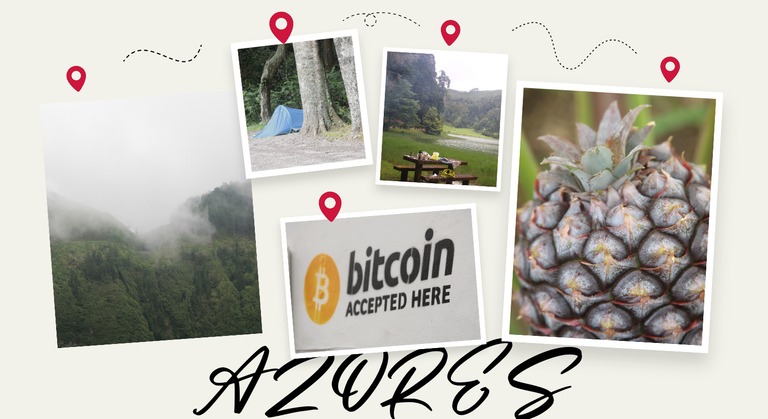
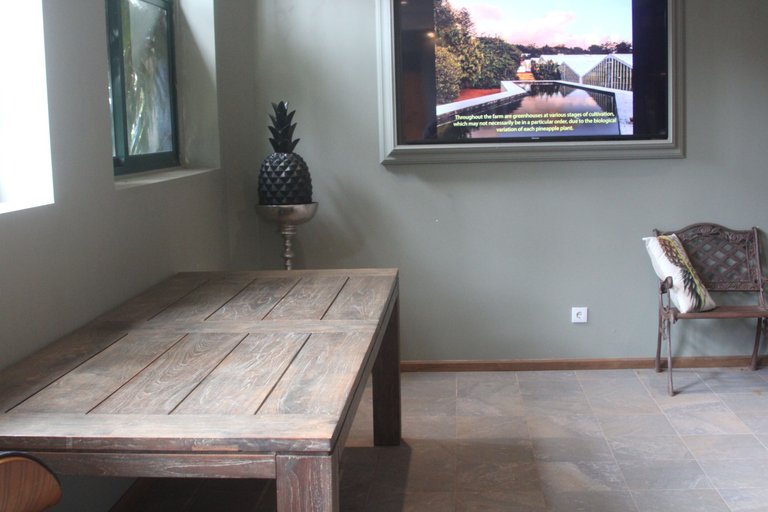
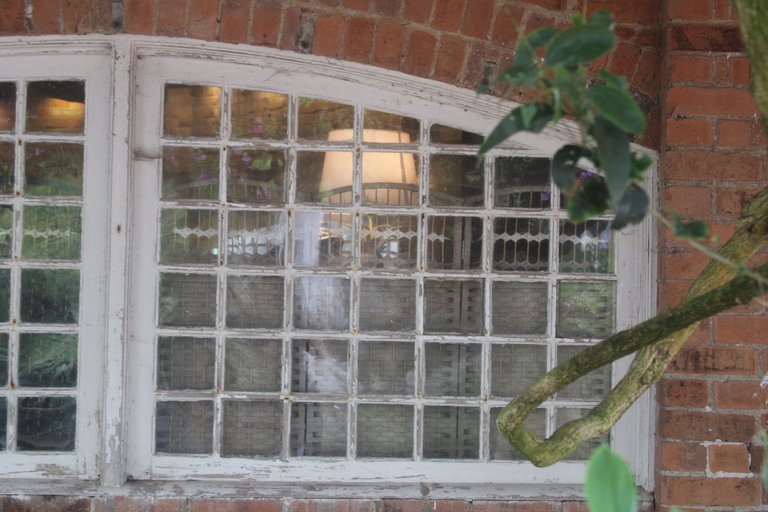
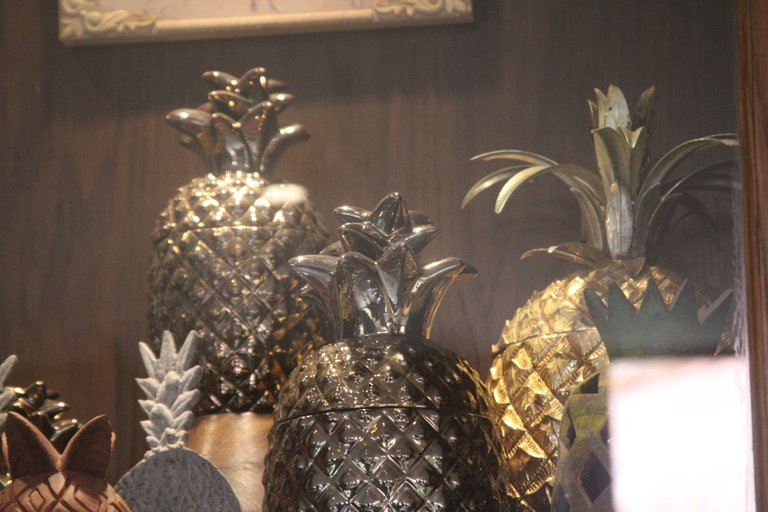
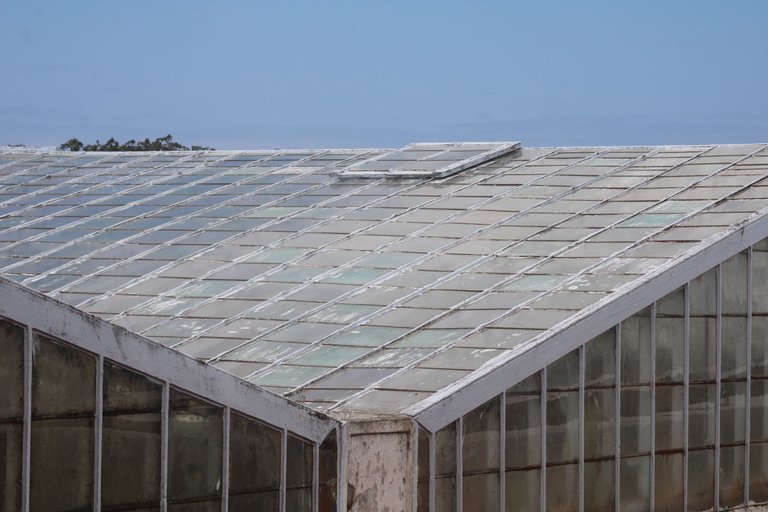
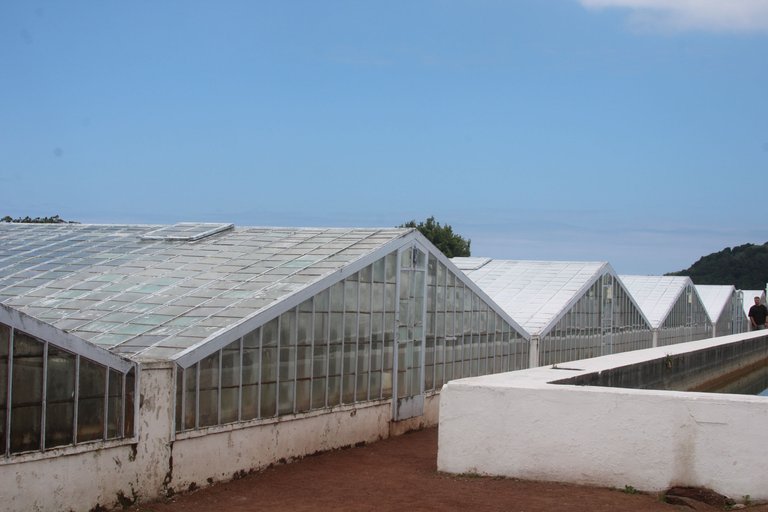
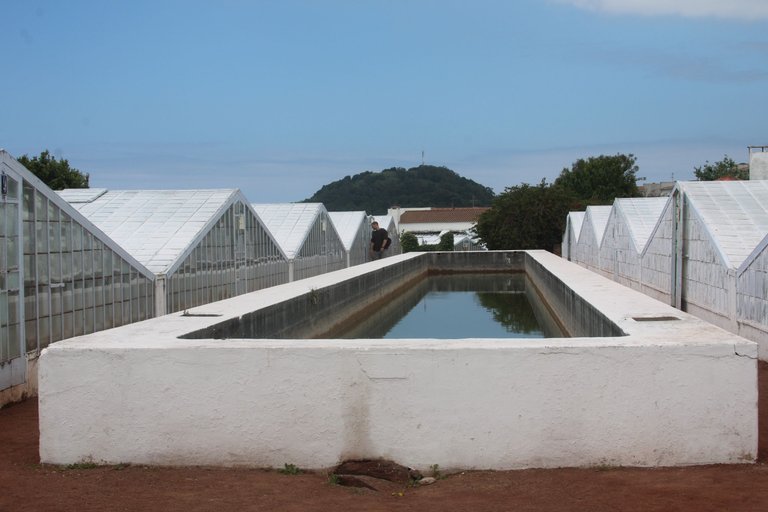
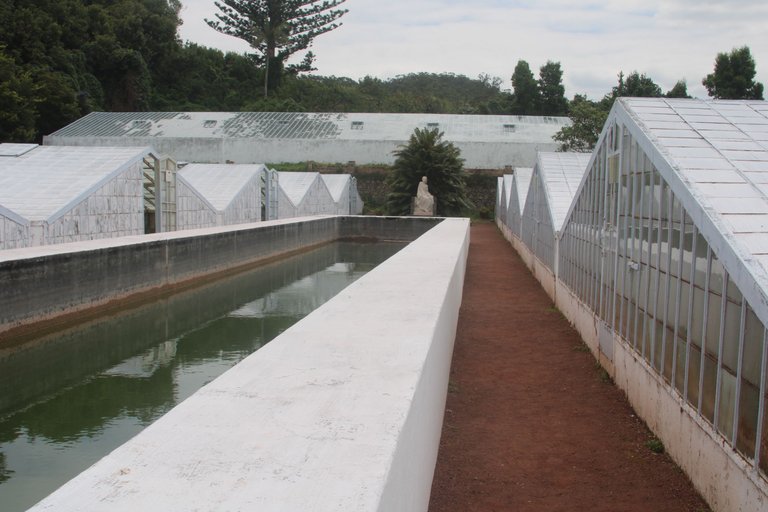
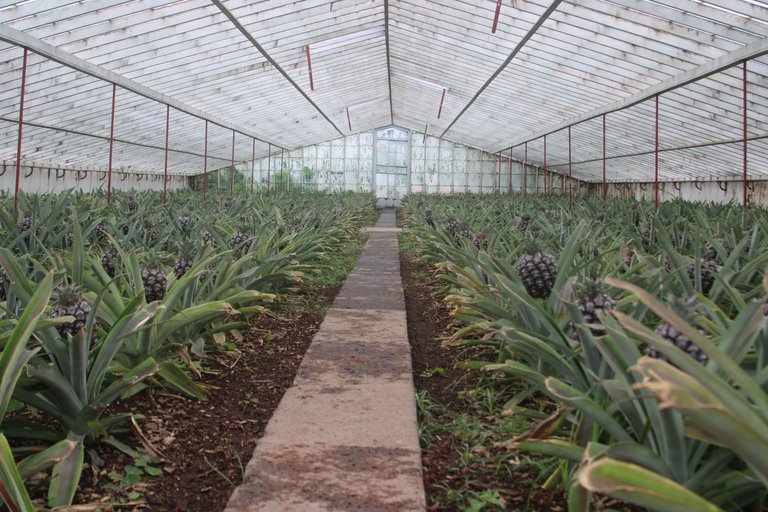
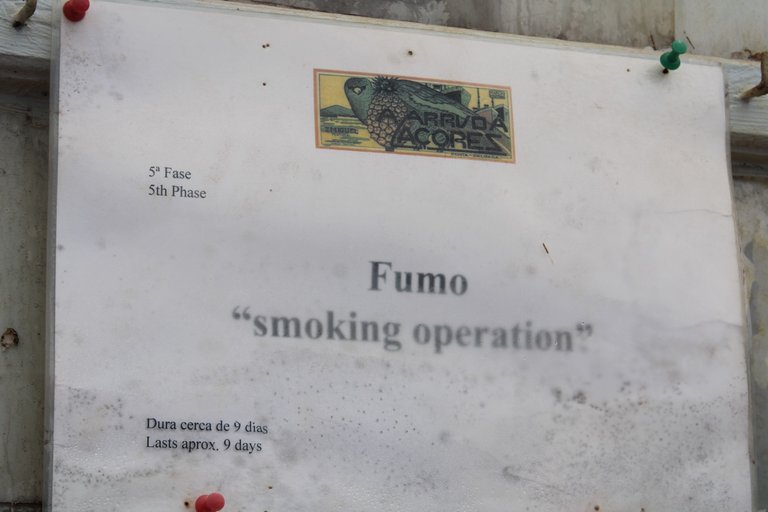
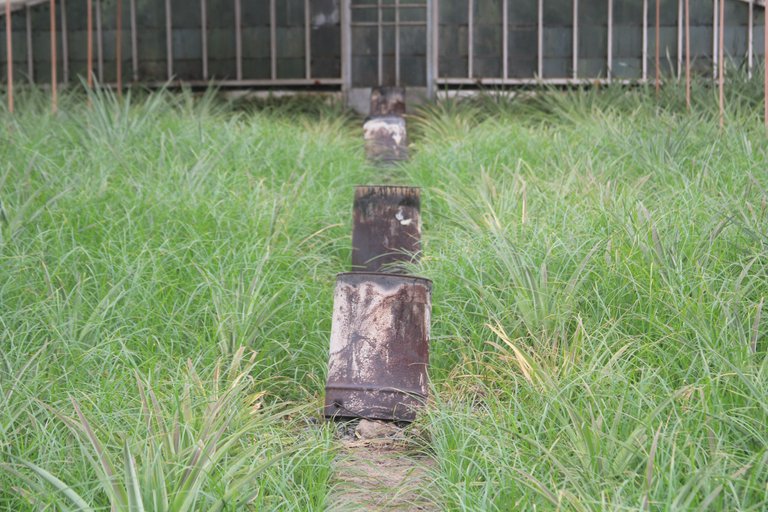
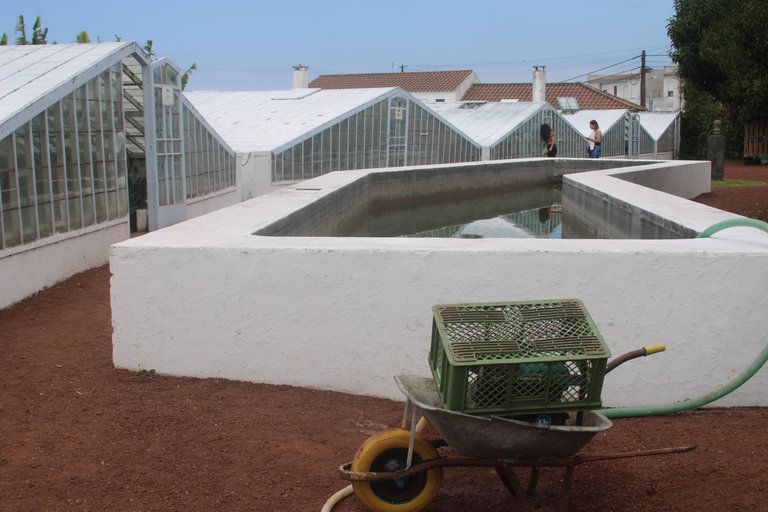
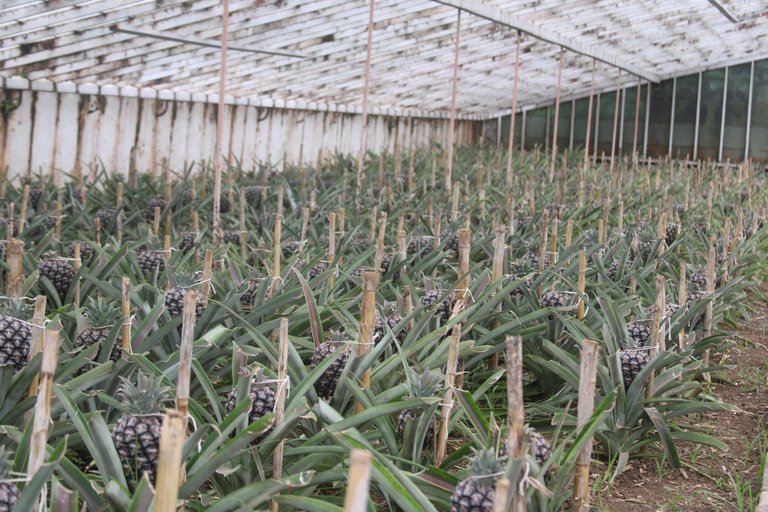
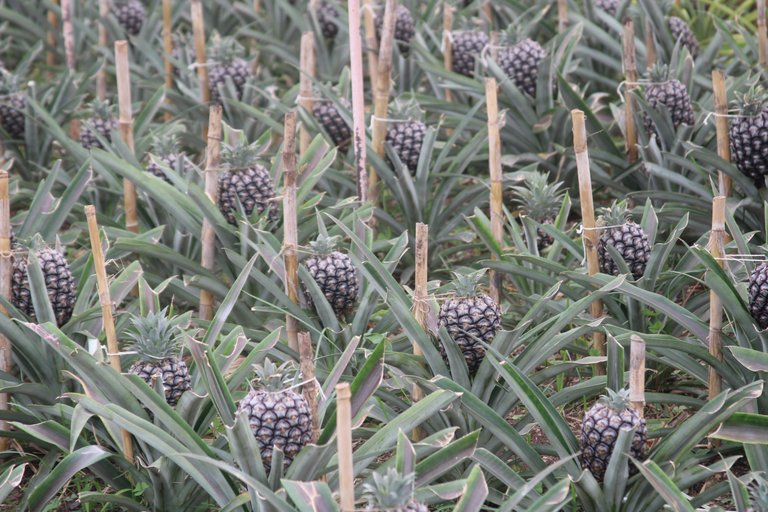
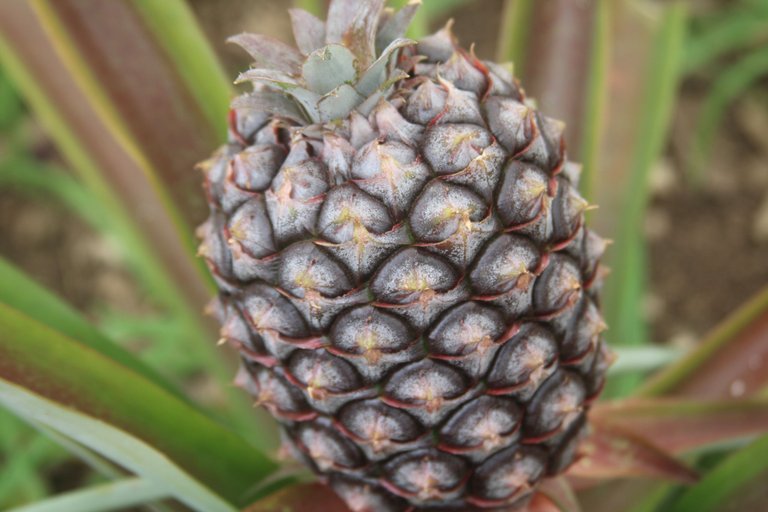
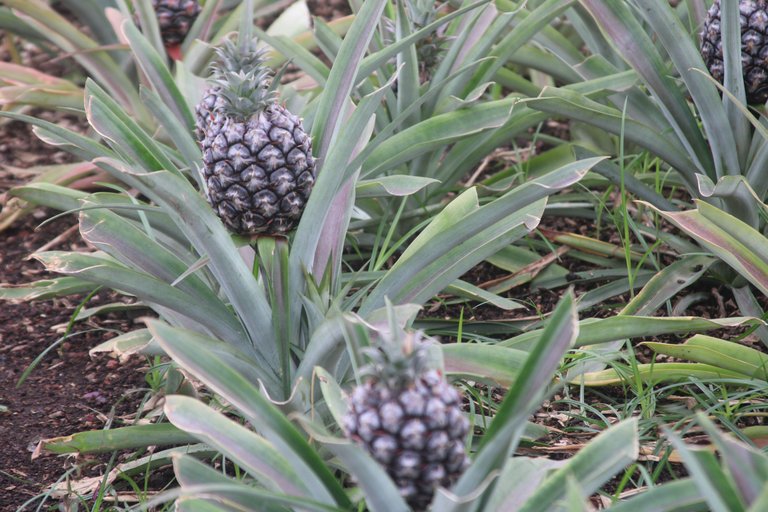
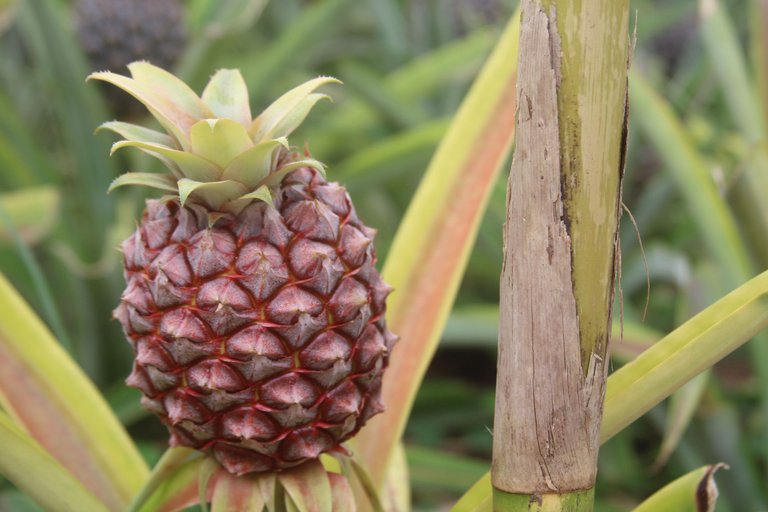
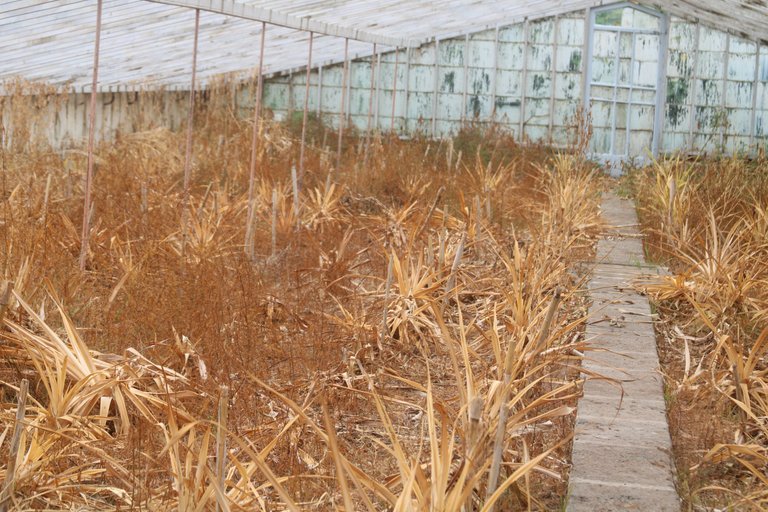
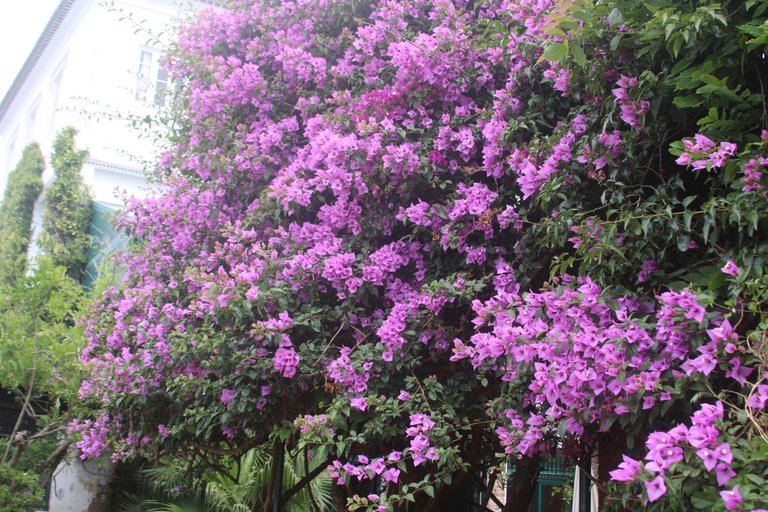

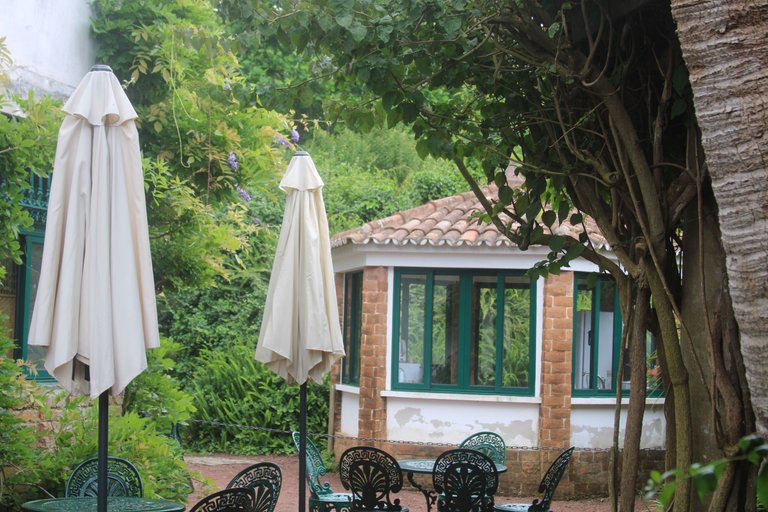
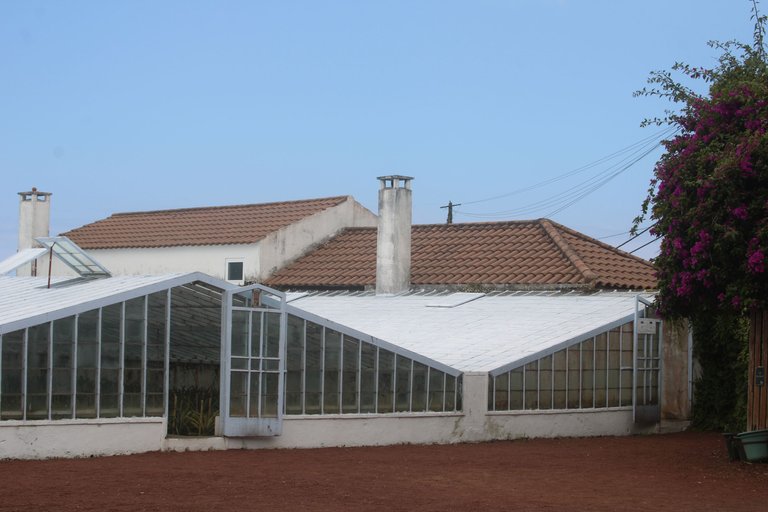
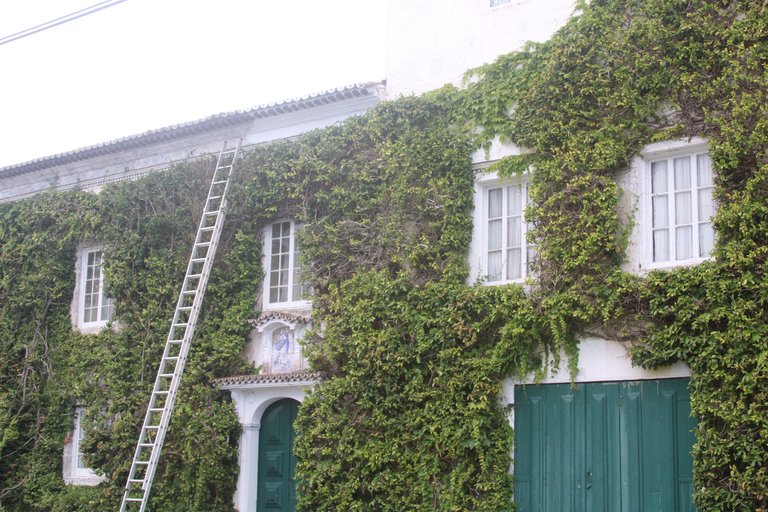
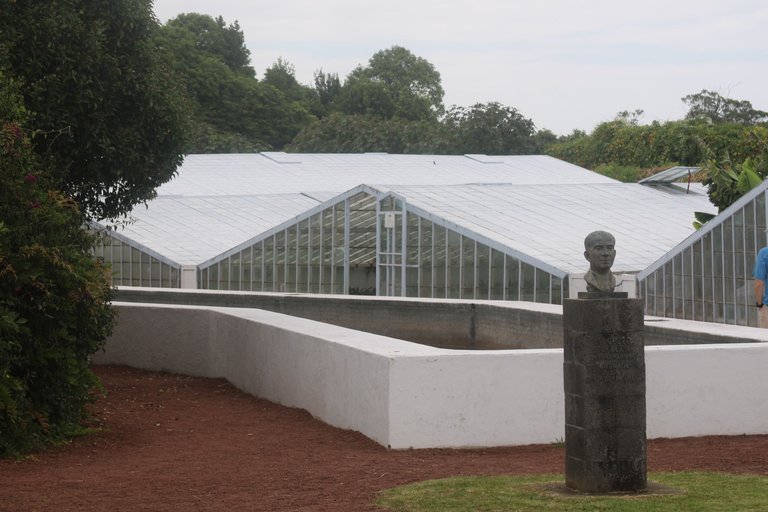
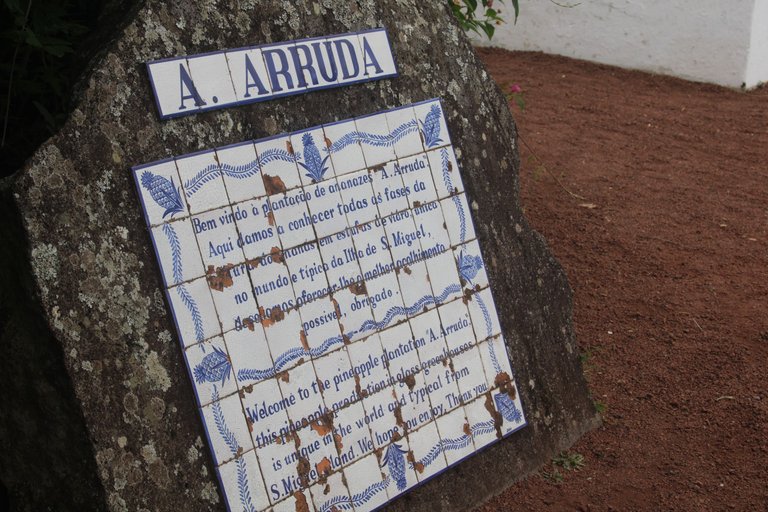
Congratulations, your post has been added to WorldMapPin! 🎉
Did you know you have your own profile map?
And every post has their own map too!
Want to have your post on the map too?
@tipu curate
Upvoted 👌 (Mana: 40/60) Liquid rewards.
What an interesting post, thanks for sharing 😃
Travel Digest #2300.
Become part of our travel community:
- Join our Discord
Hiya, @glecerioberto here, just swinging by to let you know that this post made it into our Honorable Mentions in Your post has been manually curated by the @worldmappin team. If you like what we're doing, please drop by to check out all the rest of today's great posts and consider supporting other authors like yourself and us so we can keep the project going!